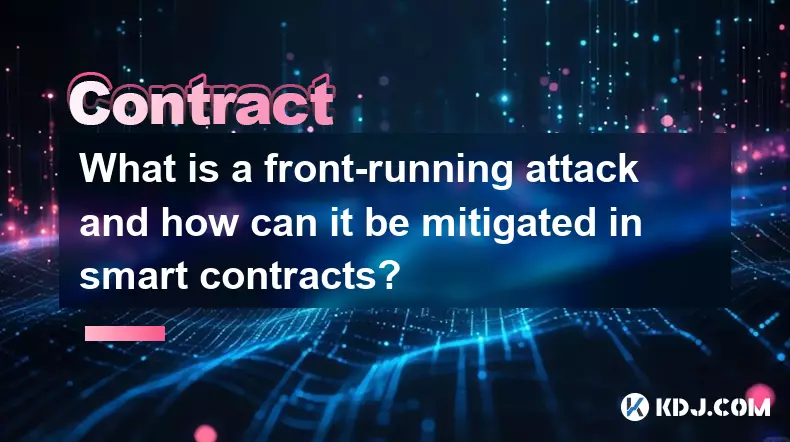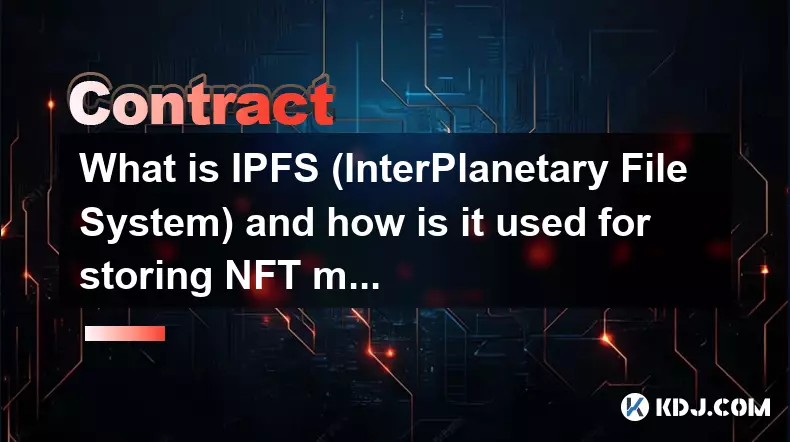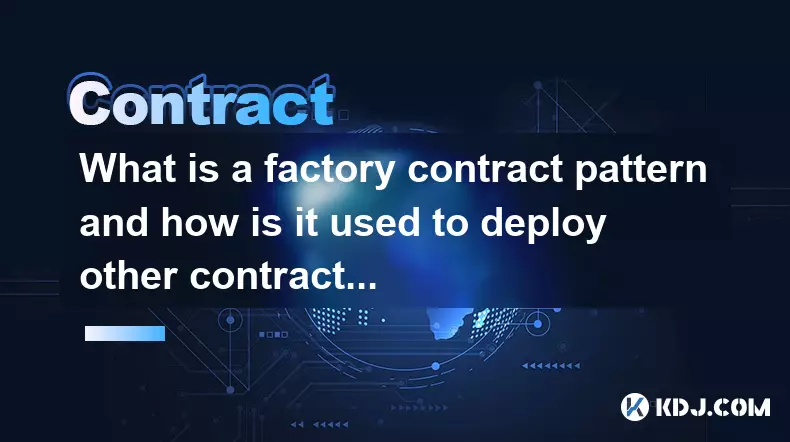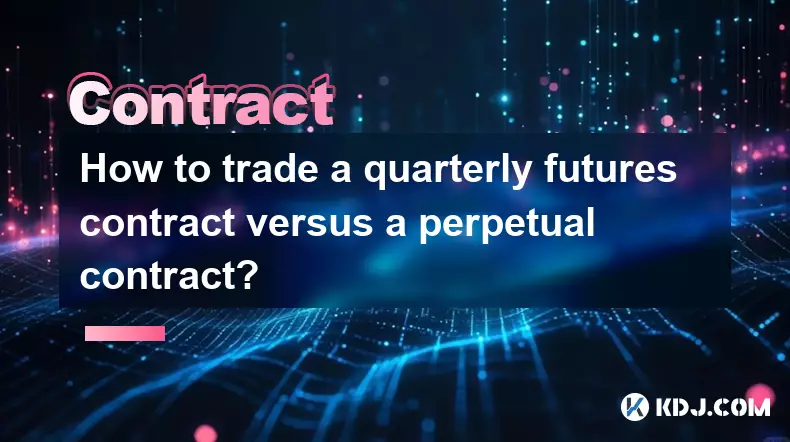-
 bitcoin
bitcoin $102877.190955 USD
1.88% -
 ethereum
ethereum $3430.435064 USD
4.52% -
 tether
tether $0.999264 USD
-0.05% -
 xrp
xrp $2.307310 USD
4.49% -
 bnb
bnb $987.740692 USD
3.82% -
 solana
solana $161.947760 USD
3.97% -
 usd-coin
usd-coin $0.999712 USD
-0.05% -
 tron
tron $0.292810 USD
2.93% -
 dogecoin
dogecoin $0.179738 USD
10.70% -
 cardano
cardano $0.580716 USD
8.75% -
 hyperliquid
hyperliquid $42.463448 USD
8.40% -
 chainlink
chainlink $15.763437 USD
7.05% -
 zcash
zcash $649.595636 USD
17.21% -
 bitcoin-cash
bitcoin-cash $511.610261 USD
7.19% -
 stellar
stellar $0.292537 USD
7.91%
Identifying Support and Resistance Levels for Crypto Contract Trading.
Support and resistance levels are crucial in crypto trading, helping identify potential reversals or breakouts, especially in volatile markets with high leverage.
Nov 04, 2025 at 06:15 pm

Understanding Support and Resistance in Crypto Markets
1. Support and resistance levels are foundational concepts in technical analysis, especially within the volatile environment of cryptocurrency trading. These levels represent price points where an asset historically struggles to move beyond or falls back from. In crypto contract trading, identifying these zones helps traders anticipate potential reversals or breakouts.
2. A support level is a price zone where buying pressure tends to overcome selling pressure, preventing the price from falling further. When the price approaches this level, demand increases, often resulting in bounces. Traders monitor how frequently price interacts with support and whether it holds during high-volume periods.
3. Resistance functions inversely, marking a ceiling where selling pressure typically outweighs buying interest. As prices near resistance, profit-taking and short entries may accumulate, leading to rejection. Observing candlestick patterns like wicks or engulfing bars at resistance can signal weakening momentum.
4. In the context of crypto contracts, which include futures and perpetual swaps, leverage amplifies both gains and losses. Accurate identification of support and resistance becomes critical because liquidation clusters often form near these levels, triggering cascading price movements when breached.
5. Market structure plays a vital role. Swings highs and lows on price charts help define dynamic support and resistance. Traders use tools such as horizontal lines, trendlines, and Fibonacci retracements to map these zones across different timeframes, aligning their entries and exits accordingly.
Key Tools for Mapping Price Barriers
1. Horizontal lines drawn at previous swing points offer a visual guide to significant support and resistance areas. Repeated touches without a clear break increase the reliability of these levels. For instance, Bitcoin’s repeated bounce off $28,000 in mid-2023 reinforced its role as strong support.
2. Fibonacci retracement levels derived from major price swings highlight potential reversal zones based on mathematical ratios. The 61.8%, 50%, and 38.2% levels are commonly watched by institutional and retail traders alike, creating self-fulfilling reactions when price approaches them.
3. Volume profile analysis reveals price levels with high transaction volume, indicating areas of strong market interest. A 'value area' with dense volume often acts as support or resistance depending on the current trend direction.
4. Moving averages, particularly the 50-day and 200-day, serve as dynamic support and resistance in trending markets. In uptrends, pullbacks to the moving average may present long opportunities, while in downtrends, rallies to these levels offer short setups.
5. Order book depth on centralized exchanges provides insight into pending buy and sell walls. Large limit orders clustered at specific prices can act as immediate resistance or support, especially in low-liquidity altcoins.
Behavioral Patterns Around Key Levels
1. Price often exhibits hesitation or consolidation near established support and resistance. This behavior reflects indecision and allows traders to assess whether the level will hold or fail. Tight range candles suggest accumulation or distribution before a breakout.
2. False breaks, also known as stop hunts, are common in crypto markets due to high leverage and thin order books. Exchanges frequently see price briefly piercing a level before reversing sharply, trapping retail traders who enter prematurely.
3. Liquidity pools around psychological price points—such as $30,000 for Bitcoin or $2,000 for Ethereum—tend to attract aggressive market orders. These round numbers become magnets for price action, especially during high-volatility events like macroeconomic announcements or exchange listings.
4. Institutional participation has grown significantly, influencing how levels are respected. Algorithms often target areas with historical significance, reinforcing the importance of multi-timeframe analysis when evaluating key zones.
5. News-driven spikes can override technical levels temporarily, but sustainable moves usually require confirmation through closing prices above resistance or below support. Candlestick closes matter more than intraday wicks when validating breakout validity.
Frequently Asked Questions
How do I confirm a valid breakout of resistance in crypto futures?A valid breakout occurs when price closes decisively above resistance with strong volume. Additional confirmation includes follow-through in the next few candles and increased open interest, indicating new positions entering in the breakout direction.
Can support turn into resistance after being broken?Yes, once a support level is convincingly breached, it often transforms into resistance. Traders refer to this phenomenon as 'role reversal.' The same applies when resistance is broken downward—it may later act as support.
What timeframe should I use to identify reliable support and resistance?Higher timeframes like daily and weekly charts provide more reliable levels due to greater market participation. Lower timeframes like 1-hour or 15-minute charts are useful for fine-tuning entries but should align with the broader structure seen on higher intervals.
Why do some support levels fail suddenly in crypto markets?Sudden failures often result from large liquidations, whale activity, or unexpected news. High leverage in contract trading means small price movements can trigger mass margin calls, accelerating breakdowns through previously stable zones.
Disclaimer:info@kdj.com
The information provided is not trading advice. kdj.com does not assume any responsibility for any investments made based on the information provided in this article. Cryptocurrencies are highly volatile and it is highly recommended that you invest with caution after thorough research!
If you believe that the content used on this website infringes your copyright, please contact us immediately (info@kdj.com) and we will delete it promptly.
- Ripple (XRP) in 2026: Hold or Fold? A Look at XRP's Future and Emerging DeFi Alternatives
- 2025-11-08 18:35:01
- Zcash ZEC Coin Price Explosion: From Privacy Niche to Center Stage
- 2025-11-08 18:55:01
- Berachain Price Prediction: Navigating the Honeycomb Hype in Crypto
- 2025-11-08 18:55:01
- Stablecoins, Monetary Policy, and the Fed: A New Balancing Act?
- 2025-11-08 17:00:01
- Presale Wars: Digitap ($TAP) and BlockDAG – A 1000x Face-Off?
- 2025-11-08 16:45:02
- Bitcoin Crash Incoming? Peter Schiff's Gold Bugle Sounds Again!
- 2025-11-08 17:15:01
Related knowledge

What is a state machine and how can a contract be designed as one?
Nov 08,2025 at 02:19pm
Understanding State Machines in Blockchain Context1. A state machine is a computational model used to design systems that transition between defined s...

What is a front-running attack and how can it be mitigated in smart contracts?
Nov 08,2025 at 11:20am
Understanding Front-Running in Blockchain Transactions1. In the context of blockchain and decentralized applications, a front-running attack occurs wh...

What is IPFS (InterPlanetary File System) and how is it used for storing NFT metadata?
Nov 08,2025 at 06:00pm
Understanding IPFS and Its Role in Decentralized Storage1. The InterPlanetary File System (IPFS) is a peer-to-peer hypermedia protocol designed to mak...

What is a factory contract pattern and how is it used to deploy other contracts?
Nov 08,2025 at 04:39pm
Understanding the Factory Contract Pattern in Blockchain DevelopmentThe factory contract pattern is a design approach used in smart contract developme...

What are flash loans and how do they allow for uncollateralized borrowing?
Nov 08,2025 at 10:39am
Understanding Flash Loans in Decentralized Finance1. Flash loans represent a novel innovation within the decentralized finance (DeFi) ecosystem, enabl...

How to trade a quarterly futures contract versus a perpetual contract?
Nov 06,2025 at 06:44am
Understanding the Core Differences Between Quarterly and Perpetual Contracts1. Quarterly futures contracts have a fixed expiration date, typically set...

What is a state machine and how can a contract be designed as one?
Nov 08,2025 at 02:19pm
Understanding State Machines in Blockchain Context1. A state machine is a computational model used to design systems that transition between defined s...

What is a front-running attack and how can it be mitigated in smart contracts?
Nov 08,2025 at 11:20am
Understanding Front-Running in Blockchain Transactions1. In the context of blockchain and decentralized applications, a front-running attack occurs wh...

What is IPFS (InterPlanetary File System) and how is it used for storing NFT metadata?
Nov 08,2025 at 06:00pm
Understanding IPFS and Its Role in Decentralized Storage1. The InterPlanetary File System (IPFS) is a peer-to-peer hypermedia protocol designed to mak...

What is a factory contract pattern and how is it used to deploy other contracts?
Nov 08,2025 at 04:39pm
Understanding the Factory Contract Pattern in Blockchain DevelopmentThe factory contract pattern is a design approach used in smart contract developme...

What are flash loans and how do they allow for uncollateralized borrowing?
Nov 08,2025 at 10:39am
Understanding Flash Loans in Decentralized Finance1. Flash loans represent a novel innovation within the decentralized finance (DeFi) ecosystem, enabl...

How to trade a quarterly futures contract versus a perpetual contract?
Nov 06,2025 at 06:44am
Understanding the Core Differences Between Quarterly and Perpetual Contracts1. Quarterly futures contracts have a fixed expiration date, typically set...
See all articles





















![The Graph Price Prediction [GRT Crypto Price News Today] The Graph Price Prediction [GRT Crypto Price News Today]](/uploads/2025/11/07/cryptocurrencies-news/videos/690d4df44fe69_image_500_375.webp)



















































